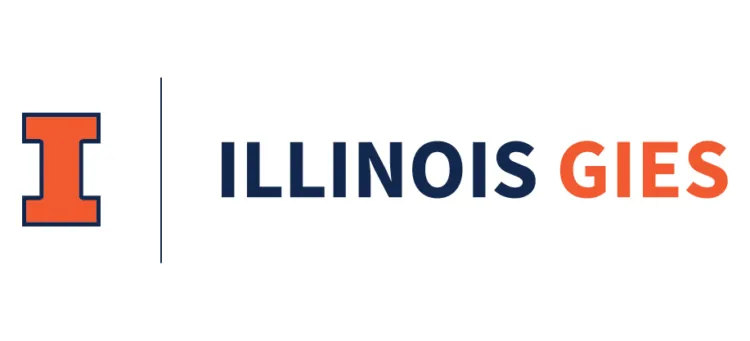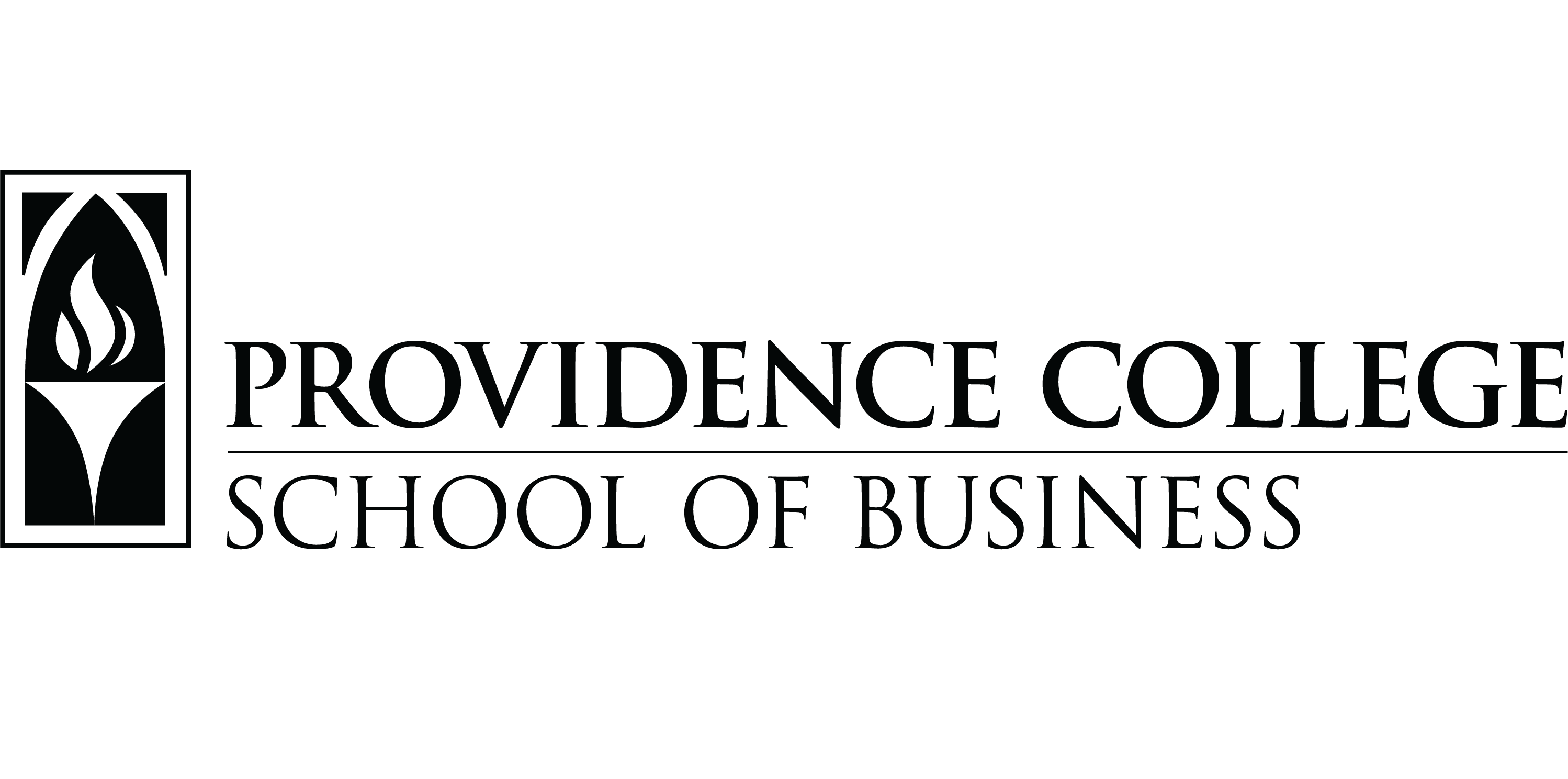
When the COVID-19 crisis hit in spring 2020, nearly half of brand marketers pulled back on their ad spending, and one-third canceled all their advertising. Since then, most have begun engaging consumers again. The path forward requires discipline, stamina, and strategies specific to these times, according to two experts from Gies College of Business and the College of Media at the University of Illinois.
Jan Slater is a professor of advertising and chief marketing officer of Gies Business and Mike Yao is a professor of digital media and head of the Charles H. Sandage Department of Advertising, who also teaches in the Gies iMBA program.
They shared their perspective as part of Gies’ Global Challenges in Business webinar series, which presented ways businesses can navigate the ongoing challenges brought on by the global pandemic and more.
Their session, “Brand Marketing in the Age of COVID-19,” focused on how the pandemic has changed the game for marketers, and they shared examples of brands that have made quick, smart pivots to stay relevant to consumers.
“The world has turned upside down because of COVID-19 – it affects how we live, how we work, how we play, how we shop, and how we consume. We’re not going back to a ‘normal,’ we don’t even know what a ‘normal’ is going to be,” said Slater. “However, advertising is a $194 billion business. It is one of those industries that is too big to fail.”
Authenticity – aligning what you say to what you do – will be critical. While that sounds simple, it takes great discipline in times of crisis, Slater said.
“Think about how to stay true to your brand. You’re facing business situations that change every day. Everything you say or do has an impact on your reputation,” said Yao. “In this constantly changing environment, consumers are looking to big brands for some guidance. The temptation is to react moment to moment, which may create problems down the road.”
Yao said the changing digital ecosystem and COVID-19 have created new ways to build a brand’s immunity, identifying unforeseen opportunities and planning proactive communications that boost reputation. He said the key is to be authentic, agile, and personal.
“Pivoting quickly doesn’t mean it has to be a sprint. You have to remember you’re in it for the long haul,” said Slater. “The consumer wants to know how you can help them during this upheaval in their lives. Brands that they know and trust are great comforts, and they can help relieve some anxiety and stay positive.”
Slater and Yao shared how several marketers responded to the challenge of engaging consumers with authentic messaging that rings true to their brands in these times:
- KFC launched, paused, and ultimately replaced its Finger-Lickin’ Good sauce with a new name and recipe given COVID-19’s hygiene protocols. This ad explained the change as the company pivoted to promote contactless delivery the focus became more about families at home instead of individuals.
- Budweiser was hit with a major curveball when college and professional sports leagues shut down. They responded by celebrating these emerging heroes, shifting media buying investments to support frontline workers and host blood drives at stadiums.
- Procter & Gamble and Unilever, which market personal hygiene products and disinfectants, recalibrated their business model quickly to respond to changing needs while donating millions of dollars of product to hospitals and nursing homes. Unilever swapped out its typical Dove advertising for a compelling reminder about the importance of washing hands.
- Frito-Lay directly addressed its reputation by focusing on the need for brands to take action. Advertising explained how the company had created new jobs while donating to relief efforts, providing meals to at-risk families, and funding mobile clinics for COVID-19 screenings.
“These ads personified the brands and showed how they are a part of the community. They reinforce that consumers think of companies as people. None of them deviated from their core message,” said Yao.
Slater and Yao suggest marketers start planning now for what people are going to want from their brands post-COVID. They recommend starting with expected consumer needs and consider A/B testing messaging tracks.
“It’s about trust. We use, engage, and experience brands because they give us something more than quenching our thirsts or giving us salty snacks, or making our faces feel smoother. We use brands for lots more reasons than their product benefits,” said Slater.










